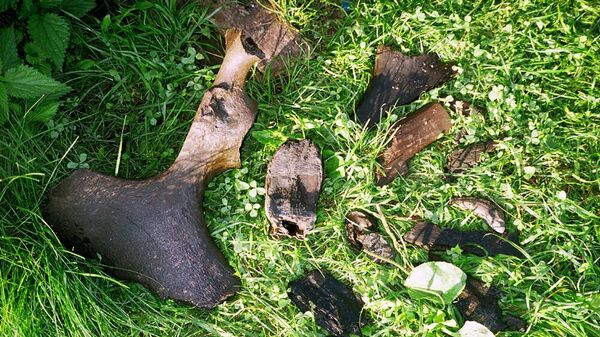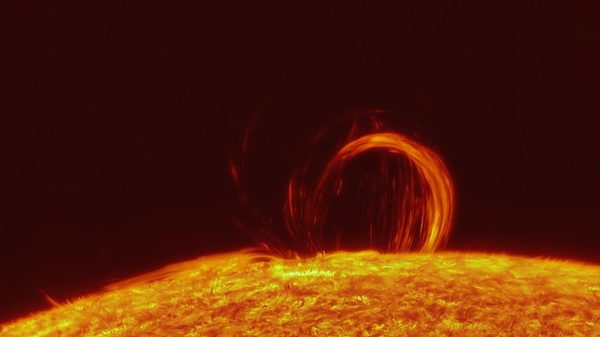
MOSCOW, November 16. TSU scientists have proven the applicability of ecological methods for assessing the species diversity of fossil communities and discovered a large number of species of large mammals in the south of Western Siberia during the Pleistocene period, which began 2.5 million years ago and ended 12-10 thousand years ago, reported in press service of the university.
The stability of the Earth's biosphere is supported by the species diversity of the animal world. Depending on the unity of their habitats, animals form communities — relatively closed systems, which are characterized by varying resistance to various external factors.
Assessing the biodiversity of modern fauna is a task that scientists have been solving for more than two centuries. But establishing the number of species and the number of individuals of fossil animals is much more difficult, since the material is fragmentary and it is often impossible to quantify the share of a particular species in the community, said specialists from Tyumen State University (TSU).
They assessed the indicators of species diversity of the community of large mammals in Western Siberia based on paleontological data using modern methods.
«
“It turned out that the Pleistocene communities of large mammals in the south of Western Siberia were distinguished by a fairly large number of species, almost 70% of which disappeared in the next geological epoch, despite the fairly high stability of their communities. The transformation of habitats was so strong as a result of climate change and the influence of primitive man,” explained Sergei Gashev, professor, head of the Department of Zoology and Evolutionary Ecology of Animals at Tyumen State University.
To conduct the study, scientists collected paleontological osteological material and quantified it for the relative abundance of individuals of certain species in the sample.
“We discovered the remains of 16 species and found that the species richness and diversity of large mammal communities in the south of Western Siberia was quite high. Thus, the Shannon species diversity index here is almost 3 arbitrary units, while for modern communities it reaches 3.5, very rarely exceeds 4.5.
Taking into account that paleontological material most often does not fully represent species diversity, this is a very interesting result,” noted Gashev.
In the future, researchers plan to expand the geography of their research both in the Tyumen region (along the rivers Vagai, Iset, Tavda, etc.) and in other points of the southern part of Western Siberia in the North-South gradient.
The research results were published in the journal Scientific Notes Khujand State University named after academician B. Gafurov. Series: natural and economic sciences.»


























































Свежие комментарии